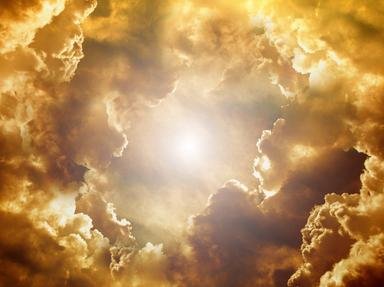Quiz Answer Key and Fun Facts
1. What element makes up most of the sun in both mass and in total number of atoms?
2. What process produces the Sun's massive output of energy?
3. In which region of the sun is energy generated?
4. In a few billion years, after the sun expends its primary fuel, it will undergo several changes before it reluctantly accepts its fate. Of the following, what will the sun end its life as?
5. Which part of the Sun's atmosphere is visible during a total solar eclipse as a glowing halo?
6. What do we call the "surface" of the sun?
7. We have a name for the average distance between Earth and the Sun. What's it called?
8. Sunspots are cooler regions on the surface of the Sun. What causes them?
9. Streams of charged particles (electrons and protons) are constantly being spit out from the sun's outer atmosphere. What do we call this phenomenon?
10. What are huge loops of glowing gas extending from the Sun's surface called?
Source: Author
JJHorner
This quiz was reviewed by FunTrivia editor
rossian before going online.
Any errors found in FunTrivia content are routinely corrected through our feedback system.
